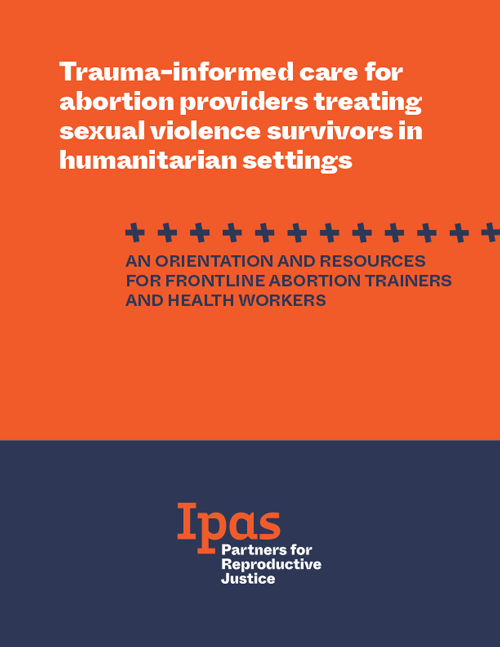
Trauma-informed care for abortion providers treating sexual violence survivors in humanitarian settings
An orientation and resources for frontline abortion trainers and health workers

An orientation and resources for frontline abortion trainers and health workers
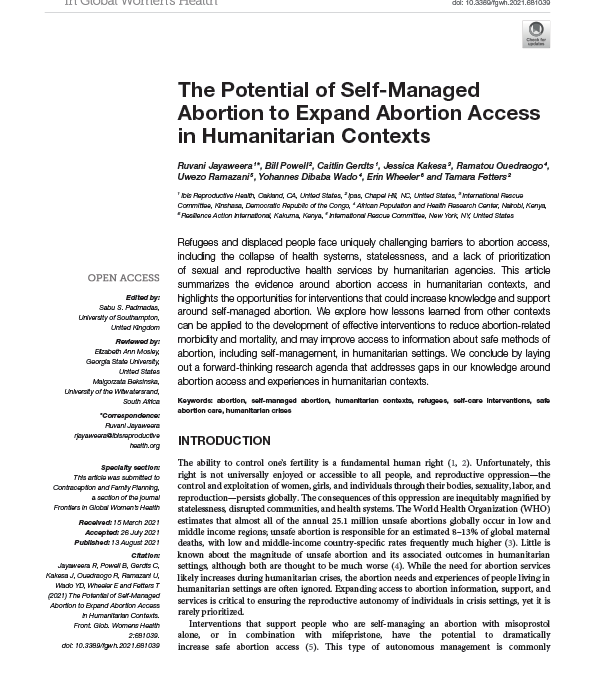
Refugees and displaced people face uniquely challenging barriers to abortion access, including the collapse of health systems, statelessness, and a lack of prioritization of sexual and reproductive health services by humanitarian agencies. In this commentary published in Frontiers in Global Women’s Health, the authors summarize the evidence around abortion access in humanitarian contexts, and highlight the opportunities for interventions that could increase knowledge and support around self-managed abortion.
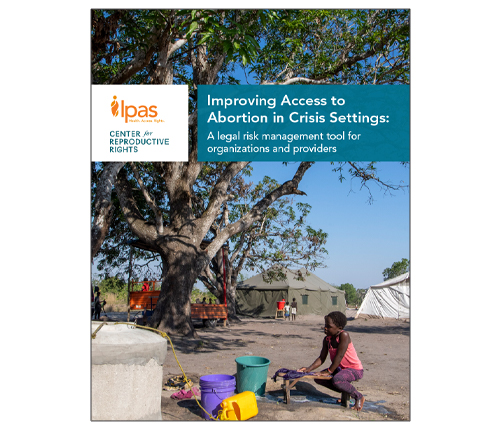
This tool is designed to help program planners and organizations understand abortion law and manage legal risk when providing or supporting access to abortion for people who are displaced by crisis. It provides general guidance and can be used online or in-person and with program teams, field teams, program managers and other decision-makers. It can also be incorporated in risk- and security-assessment processes.
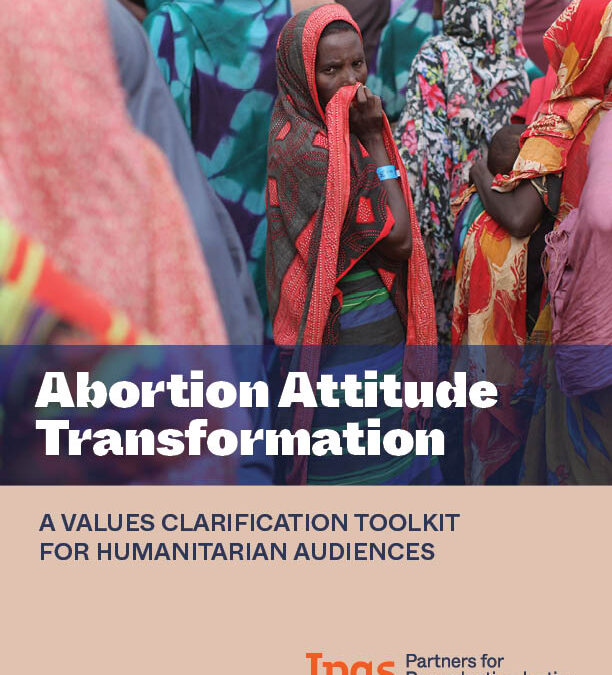
Abortion by trained providers is a safe and common procedure, legal under at least one condition in nearly every country in the world. Yet women and girls living in humanitarian settings often cannot get this essential reproductive health service—even when it’s available to other women in a country hosting refugees.
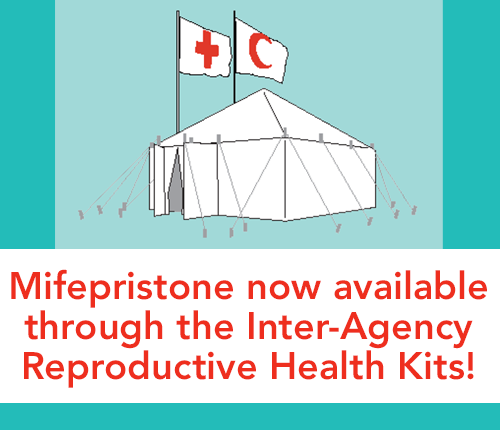
This card for humanitarian professionals provides instructions for obtaining Inter-Agency RH Kits, information on why mifepristone is now available in the kits, and a summary of WHO dosing regiments for abortion with mifepristone and misoprostol.